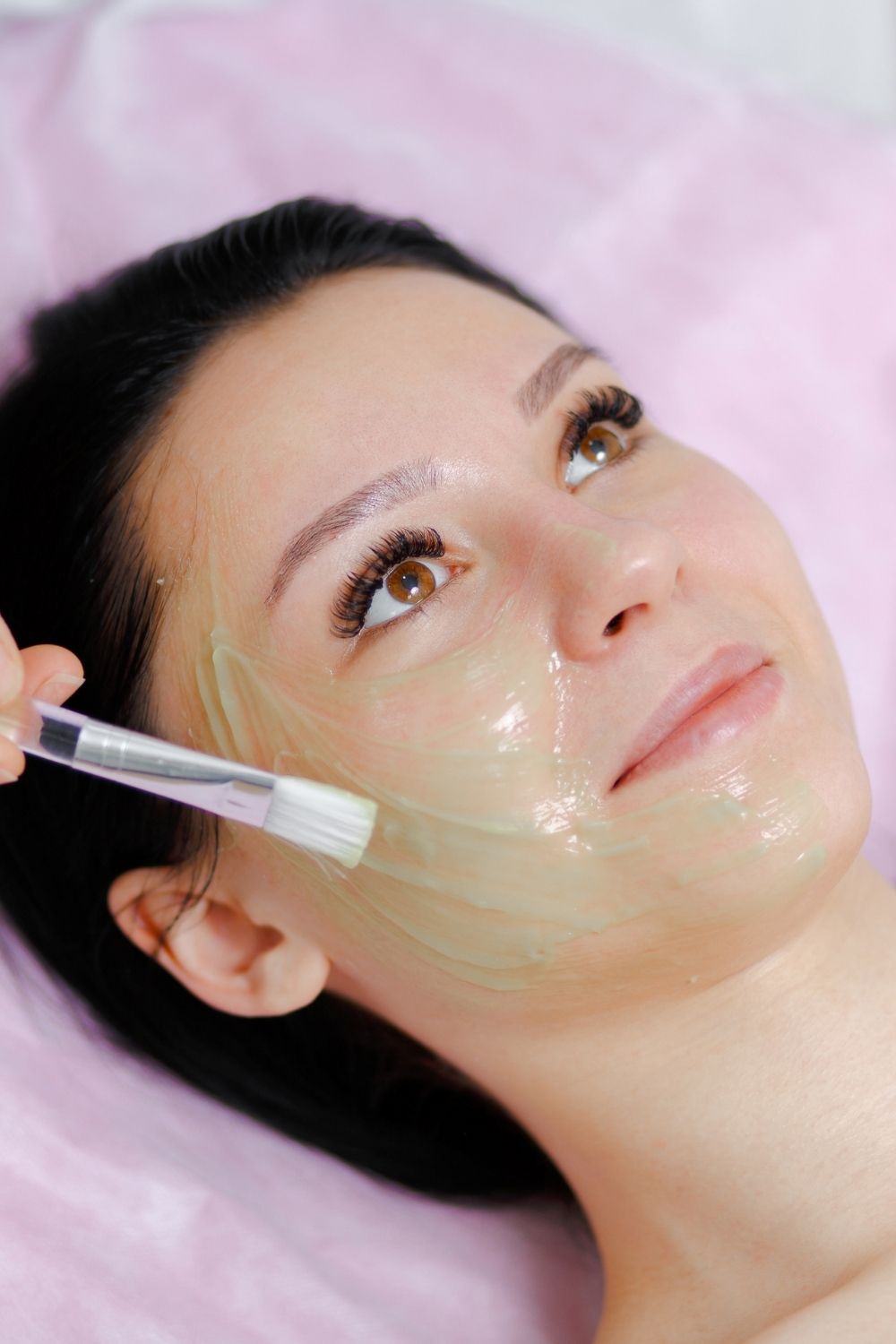Everyone ages differently but certain patterns do emerge by decade.
Visible signs of aging generally begin to manifest in your thirties.
Minimally invasive treatments can make it possible to put off surgery for many years.
Understanding exactly how the face changes with age can help you determine what issues need to be addressed and which treatments will be most effective.
We spoke with three experts to gain their insight into the subtle markers of facial aging — decade by decade. Depending on which decade you fall into, here’s what can be done to slow down or turn back the hands of time.
How the face ages
The aging process involves both intrinsic and extrinsic influences.
Intrinsic (cellular and genetic) aging begins in our twenties as the production of collagen decreases, eventually leading to a loss in skin elasticity. Cellular turnover also gradually slows, leading to duller-looking skin.
Extrinsic aging encompasses environmental and lifestyle-related factors, including diet, alcohol consumption, smoking and sun exposure — all of which speed up the aging process.
It’s important to understand that everyone experiences these aspects of aging differently. Chronological age and physical age occur at different rates and vary from individual to individual.
“This is because physical aging is largely based on hereditary factors,” Boucree adds. “Factors such as ultraviolet radiation, smoking, heavy drinking and substance abuse manifest in the skin as wrinkles. These physical changes to the ‘scaffolding’ in the face result in skin laxity.”
On the flipside, there are steps you can take to avoid these aging influences. Be proactive and develop healthy habits, such as drinking enough water and wearing sunscreen, to help maintain your youthful look.
Signs of aging in our twenties
When it comes to aging, our twenties are the glory years — you really shouldn’t notice much aging.
When we are in our teens, twenties and early thirties, our faces show the glow of youth.
“The surface of our skin, the stratum, is a layer of dead cells,” Truswell explains. “In those years, whenever we wash our faces, we shed those cells and retain that glow. When we move from 20 to 30, very little happens to our faces. At 30 we pretty much look like we did ten years earlier.”
However, towards the end of your twenties your skin may begin to look slightly duller than it used to, and you may start to notice early signs of sun damage, including wrinkles, enlarged pores and sun spots.
Recommended treatments
“To deal with dullness, mild blemishes, dark spots and enlarged pores, I recommend starting with a light laser resurfacing treatment to improve skin texture and tone, such as a light Halo or Clear and Brilliant laser every 3-4 months.
To further boost collagen formation, I also recommend microneedling treatments to keep your fibroblasts in check.





